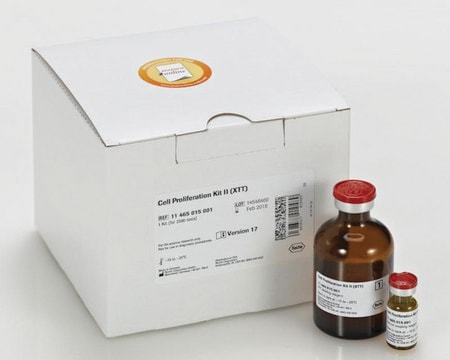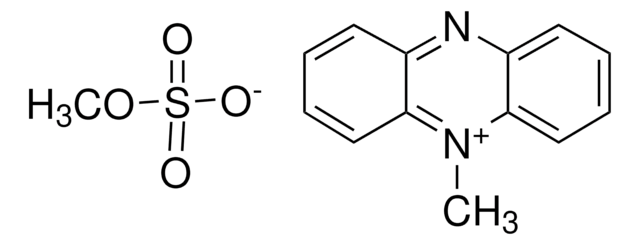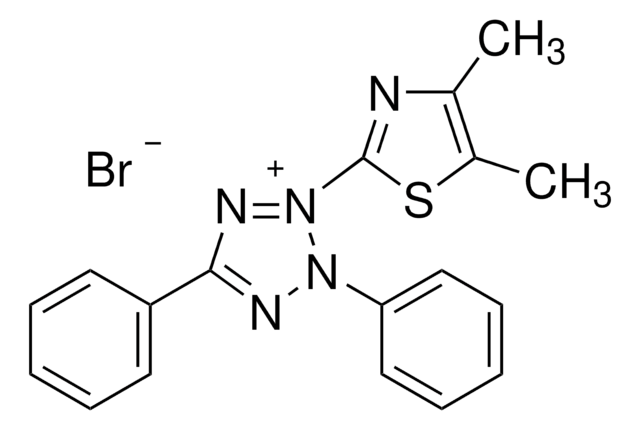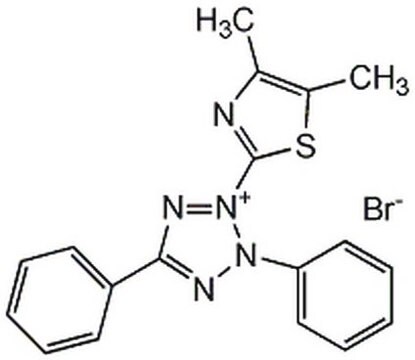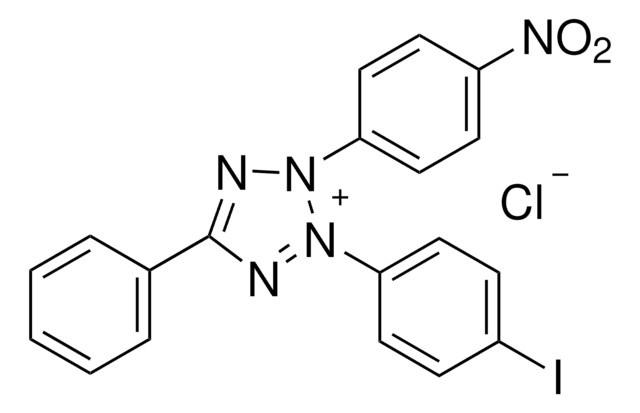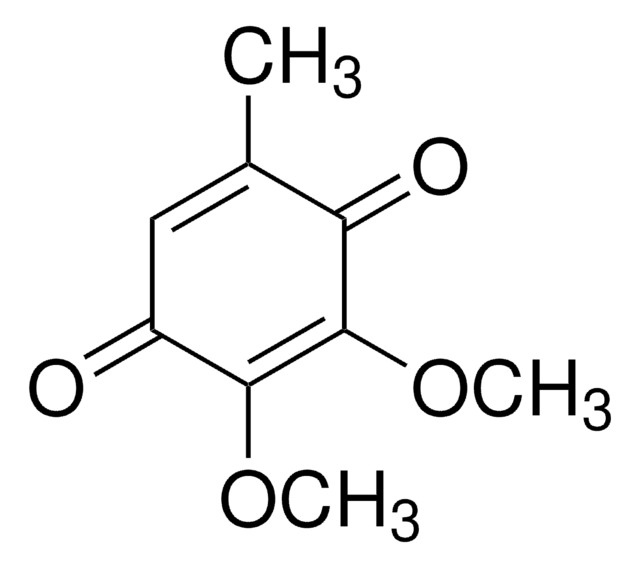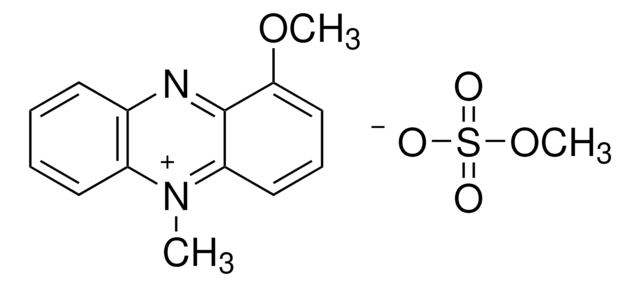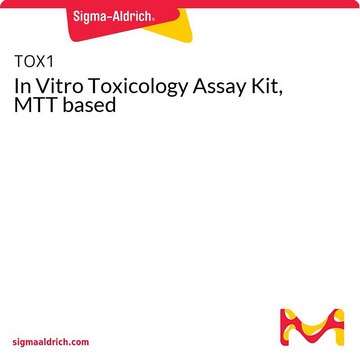X4626
XTT sodium salt
powder, BioReagent, suitable for cell culture
Synonym(s):
2,3-Bis(2-methoxy-4-nitro-5-sulfophenyl)-2H-tetrazolium-5-carboxanilide inner salt, 2,3-Bis(2-methoxy-4-nitro-5-sulfophenyl)-2H-tetrazolium-5-carboxanilide inner salt
About This Item
Recommended Products
product line
BioReagent
Quality Level
Assay
≥90%
form
powder
storage condition
dry at room temperature
technique(s)
cell culture | mammalian: suitable
protein quantification: suitable
application(s)
detection
detection method
colorimetric
storage temp.
2-8°C
SMILES string
[Na+].COc1cc(c(cc1-n2nc(n[n+]2-c3cc(c(cc3OC)[N+]([O-])=O)S([O-])(=O)=O)C(=O)Nc4ccccc4)S([O-])(=O)=O)[N+]([O-])=O
InChI
1S/C22H17N7O13S2.Na/c1-41-17-8-15(28(31)32)19(43(35,36)37)10-13(17)26-24-21(22(30)23-12-6-4-3-5-7-12)25-27(26)14-11-20(44(38,39)40)16(29(33)34)9-18(14)42-2;/h3-11H,1-2H3,(H2-,23,30,35,36,37,38,39,40);/q;+1/p-1
InChI key
JACYMBNQPPWQML-UHFFFAOYSA-M
Looking for similar products? Visit Product Comparison Guide
General description
Application
Biochem/physiol Actions
Principle
related product
Signal Word
Danger
Hazard Statements
Precautionary Statements
Hazard Classifications
Self-react. C
Supplementary Hazards
Storage Class Code
4.1A - Other explosive hazardous materials
WGK
WGK 3
Flash Point(F)
Not applicable
Flash Point(C)
Not applicable
Personal Protective Equipment
Regulatory Listings
Regulatory Listings are mainly provided for chemical products. Only limited information can be provided here for non-chemical products. No entry means none of the components are listed. It is the user’s obligation to ensure the safe and legal use of the product.
JAN Code
X4626-BULK:
X4626-VAR:
X4626-100MG:
X4626-500MG:
Certificates of Analysis (COA)
Search for Certificates of Analysis (COA) by entering the products Lot/Batch Number. Lot and Batch Numbers can be found on a product’s label following the words ‘Lot’ or ‘Batch’.
Already Own This Product?
Find documentation for the products that you have recently purchased in the Document Library.
Customers Also Viewed
Our team of scientists has experience in all areas of research including Life Science, Material Science, Chemical Synthesis, Chromatography, Analytical and many others.
Contact Technical Service